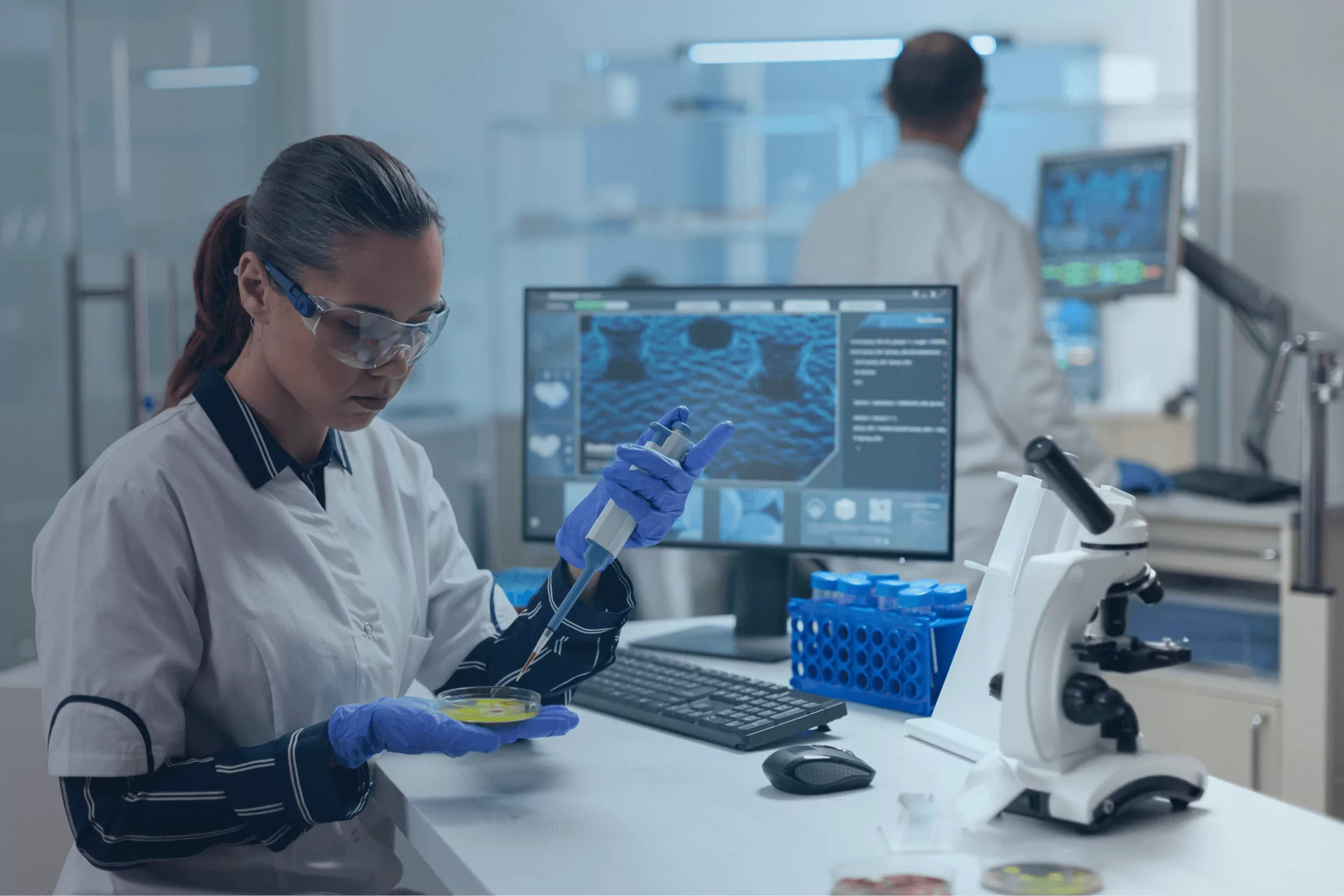Telehealth solutions – recent statistics and forecasts
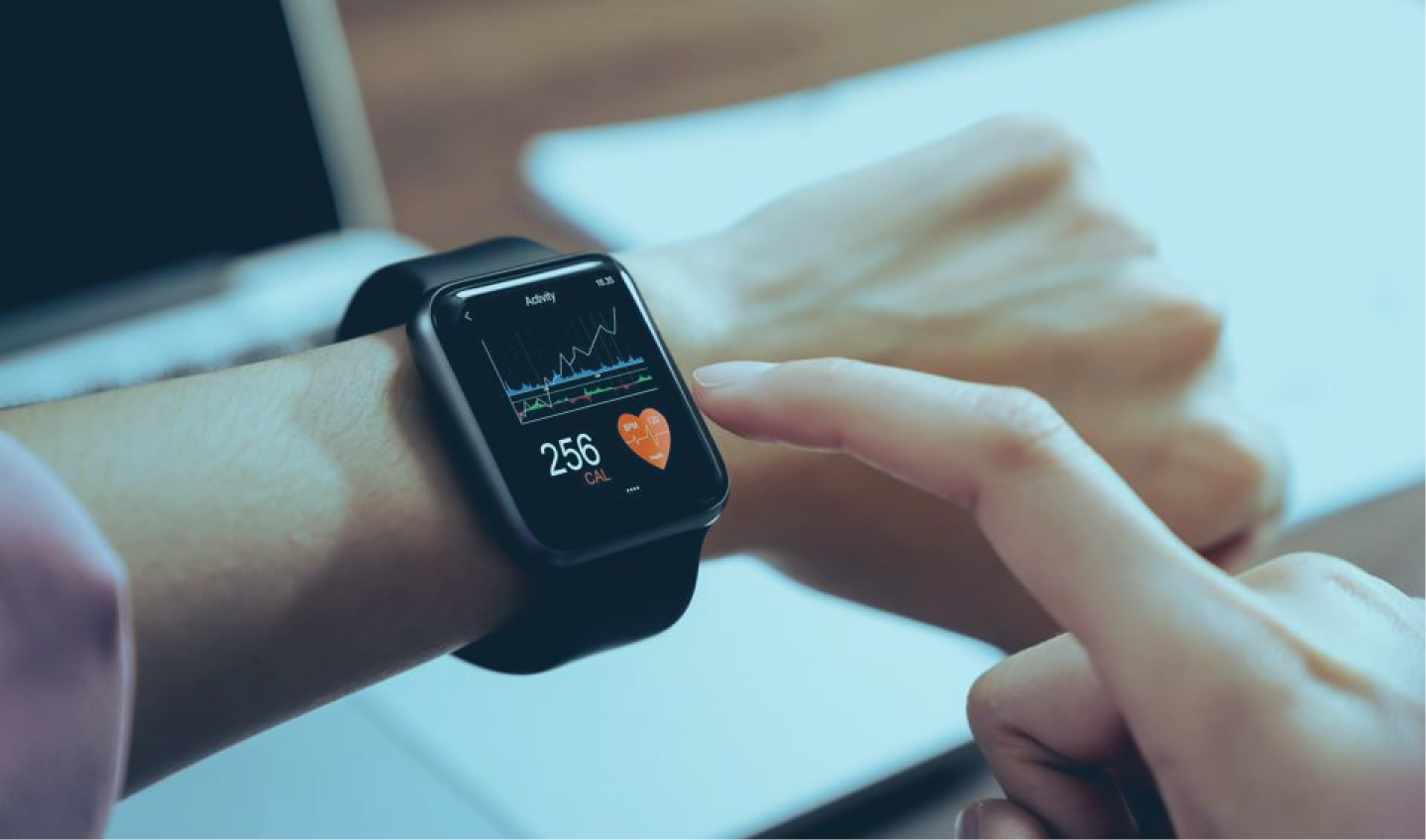
Telehealth implementation (EHR and EMR solutions, clinical decision support, document workflow automation) is drastically transforming traditional healthcare delivery significantly benefiting both clinicians and patients. Approached correctly, advanced technology might accelerate service delivery and quality, patient outcomes, workforce satisfaction and retention, collaboration efficiency, and more.
Telehealth integration is rapidly trending upwards, and there are several influential factors worth mentioning – rising morbidity, much faster aging population, increasing prices, specialist’ shortage, and the COVID-19 crisis. Given the recent trends, computational technology has come to stay.
Market tendencies: Short overview
What is digital therapy?
Are innovations like camera-based pose detection enjoying popularity due to their novelty or are they really showing potential to complement traditional approaches?
Telemedicine software, from widespread audio and video calls to complex clinical decision support solutions, was utilized even before the pandemic, but started to be extensively used during the COVID-19 outburst. Telemedicine services have shown the potential to facilitate healthcare outcomes during a high-stress period and are being expected to become almost indispensable in the coming years.
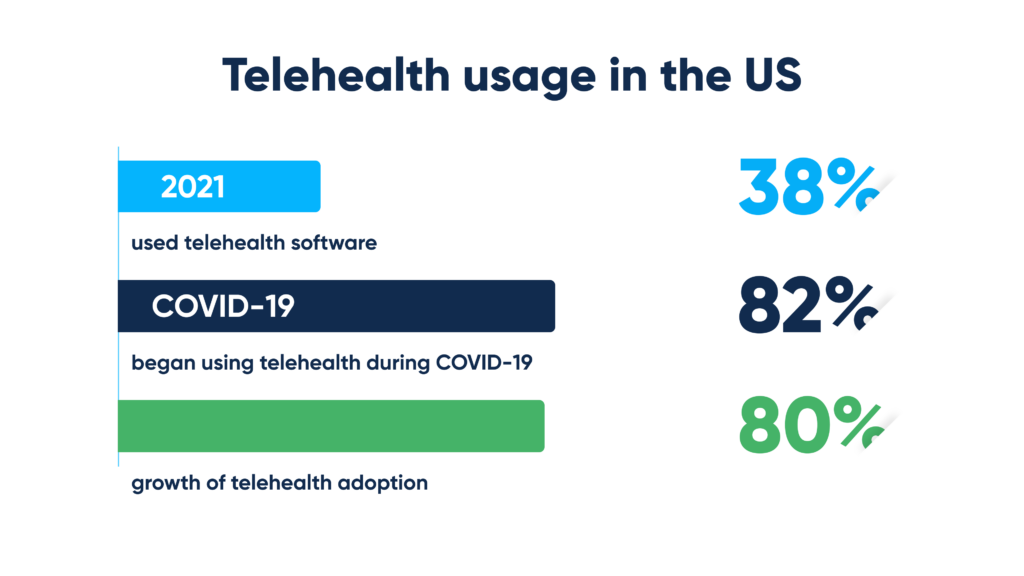
As to the American Psychiatric Association:
- About 38% of Americans have used virtual care to meet with their attending physician in 2021
- Nearly 82% of surveyed began using virtual care since the COVID-19 crisis
Another reason driving digitization is the price difference between traditional and virtual medical services. Despite several potential roadblocks – device integration, equipment maintenance, employee training – computational technology has proven to drive cost savings for both healthcare facilities and patients.
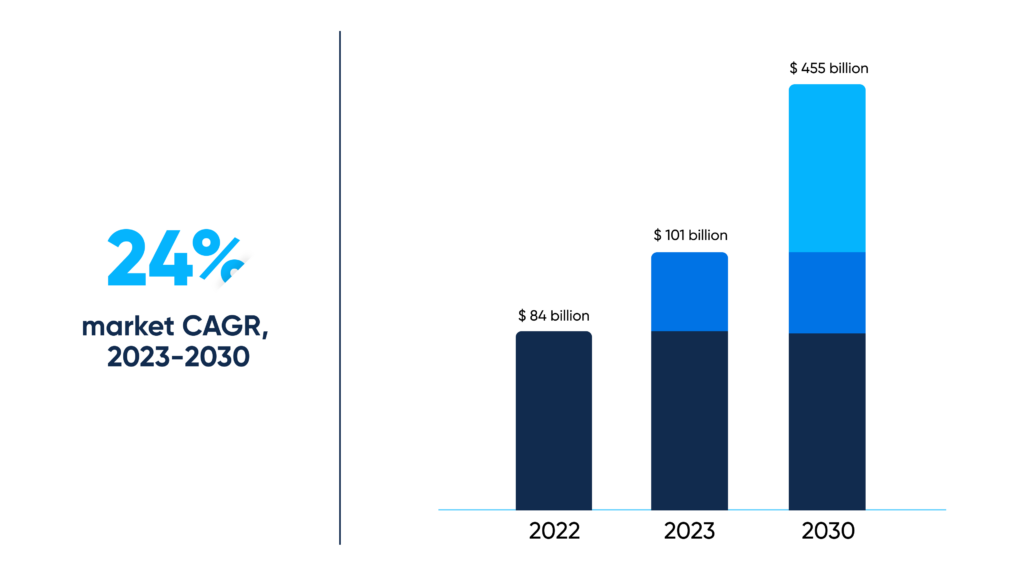
According to recent studies:
- The global telehealth market was valued at almost $84 billion in 2022 and is now expected to outmatch $101 billion in 2023 and continue to grow at an impressive CAGR of 24% to exceed $455 billion by 2030 – Grand View Research
- During the COVID-19 crisis, telehealth adoption has grown from 1% to 80% in highly affected territories – ASPE
Telehealth segments
Home- and community-based care
Home- and community-based healthcare refers to professional services being delivered at the patient’s home. In dependence on the individual’s state and needs, described virtual care services might range from regular nursing assistance to specialized medical services.
As stated by Grand View Research:
- The global homecare market is expected to outmatch $390 billion in 2023
- The global homecare segment is estimated to grow at an impressive CAGR of 7.96% from 2023 to 2030 and reach $666,9 billion by 2030
Some examples of widespread telehealth applications:
- Virtual appointments
- Remote monitoring
- Nutritional counseling
- Medication management and administration
- Rehabilitation assistance
- Medical education and training
Speaking about home- and community-based care, telemedicine implementation can benefit:
- Elderly people – elderly patients often have complex needs and require ongoing supervision
- Disabled people – those patients that have physical or cognitive disabilities experience difficulties visiting facilities
- Patients with chronic diseases – those patients with diabetes or other chronic diseases may require ongoing monitoring and care
- Patients with terminal illnesses – those patients that have terminal illnesses may wish to spend remaining time with their close ones, rather than visiting hospitals
Hospital-based care
Hospital-based healthcare refers to professional services being provided at state and private medical facilities. In dependence on the chosen specialization, mentioned virtual care services might range from psychotherapy to surgery, radiology, cardiology, and other narrowly focused medical fields.
According to the American Hospital Association:
- About 76% of hospitals in the United States are interacting with patients remotely through computational technology
- Almost every Medicaid program in the United States does cover telehealth services
Some examples of widespread telehealth applications:
- Virtual training and examination
- Virtual rounding and consultations
- Decision support
- Trial matching
- Electronic prescriptions
- Medical coverage
Speaking about hospital-based care, telemedicine implementation can provide:
- Improved accuracy and consolidation
- Enhanced decision-making and diagnosis
- Better resource-planning
- Thought-out workloads
- Competitive differentiation
- Market opportunities
- Reduced risks
- Increased revenue
The four different approaches telehealth services are delivered
Synchronous or “real-time” telemedicine
Synchronous telehealth is the real-time interaction between clinicians and patients using audio and video. Synchronous solutions are adopted all across virtual care, which include primary and emergency care, nursing and rehabilitation services, mental health, infectious diseases.
The concept:
- The patient schedules a virtual appointment
- The doctor conducts a remote consultation, which might cover different healthcare services
- Primary or follow-up consultations
- Emergency advice
- Treatment prescription and oversight
- Medication prescription and oversight
As stated by HRSA, by implementing synchronous services, healthcare facilities:
- Reduce patient no-shows
- Increase patient retention
- Optimize work schedules
- Extend billable hours
Asynchronous or “store-and-forward” telemedicine
Asynchronous telehealth is the remote assessment, transmission, storage, and interpretation of provided medical records (personal details, vital signs, symptoms, allergies, photos, videos, and other relevant details). Asynchronous solutions are applied across different healthcare domains – ophthalmology, dermatology, endocrinology, pathology, radiology, cardiology, and other fields of virtual care.
The concept:
- The patient provides the medical record to receive professional advice
- The doctor accesses the medical record to perform thorough investigation of the particular case
- The patient receives a treatment plan, often including electronic prescriptions
- If needed, the doctor additionally consults the patient via chat or another communication channel
As stated by CCHP, by adopting asynchronous services, healthcare providers:
- Save time and cost
- Overcome potential language and cultural barriers
- Can review patient cases at any convenient time
- can review patient cases no matter their location
Remote patient monitoring (RPM)
Remote patient monitoring (RPM) means utilizing specialized devices – glucose meters, pulse oximeters, pressure cuffs, patches, monitors, trackers, watches – to monitor and interpret the patient’s health indicators. The data from connected medical devices is being instantly recorded and transferred to the centralized system, which allows healthcare professionals to release recovered patients, but continue to monitor and interpret their conditions to detect warning signs about complications.
- The VA (Veterans Administration) has stated that its telehealth program has impacted 70,000 veterans suffering from chronic diseases in 2012, and that patient satisfaction was greater than 85%
- The VA also reported more than $9,000 savings per patient due to minimized hospitalization
Mobile health
Mobile health means using smart devices (smartphones, tablets) to improve healthcare delivery and research. Fitness and rehabilitation guides, dietary advice, and convenient symptom monitoring are just some examples of the different features individual users might access by utilizing specialized applications.
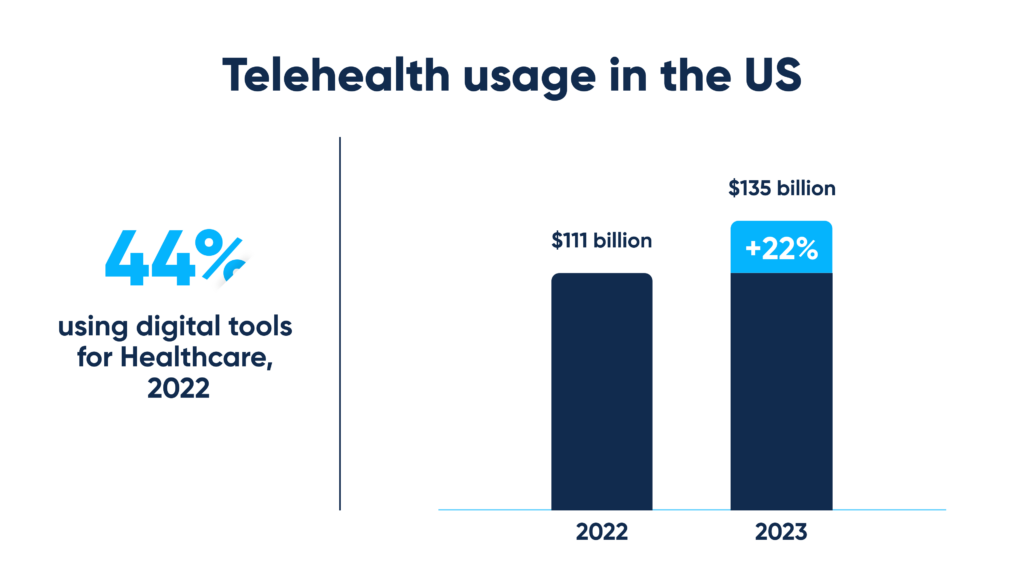
According to the Global Market Insights:
- The global mHealth market was valued at over $111 billion in 2022 and is now expected to grow at a compound annual growth rate of 22% through 2023
- In 2022, nearly 44% of consumers in the United States have been actively using digital tools to track their health
Technology breakdown: Main trends to know
Integrated data sharing
Integrated data sharing involves the sharing of data between different healthcare providers and organizations. This technology enables clinicians to access necessary information about every observed patient right away improving overall healthcare delivery.
Integrated data sharing includes the sharing of data from different sources – electronic health records (EHRs), medical images, test results, patient portals, social media, pharmacy systems, insurance systems, and more. This means, the patient doesn’t have to provide required details at every new appointment.
Internet of Behavior
Internet of Behavior (IoB), one of the modern, cutting-edge technologies the world is researching and adopting, gathers information about how different devices are utilized to analyze end-consumer behavior and interests. This technology collects information from devices (trackers, watches), geo-tagging activity, social media, browser history and cookies, and many other sources to predict end-user needs.
Internet of Behavior (IoB) can be used in healthcare facilities to digitize typically manual day-to-day operations. These include appointment scheduling, treatment and medication planning, and more.
RPA in healthcare
Robotic process automation (RPA) is an automation technology that can emulate structured human activity. This technology deploys scripts to communicate with other digital systems and execute repeated processes, including day-to-day data capture and retrieval, transaction processing, and more.
Robotic process automation (RPA) is becoming increasingly widespread across different healthcare verticals. The technology can automate appointment scheduling, payment and claim processing, data synchronization, compliance management, and more, notably improving virtual care.
Human pose estimation
Another trend gaining momentum – AI in physical therapy.
More and more organizations are adopting pose detection to accelerate assessment precision and efficiency and streamline patient outcomes, and that without additional physical equipment like markers or sensors.
Human pose estimation (HPE) is a popularity-gaining technology, a movement analysis software to track the position of joints in space. Camera-based human body detection helps identify and classify semantic points (knees, wrists, elbows, hands) by using computer vision and other advanced methods, which include deep learning, marker-based systems, inertial measurement units (IMUs), RGB-D cameras, and others.
Human pose estimation (HPE) provides real-time motion analysis that poses sensible benefits to the healthcare industry. Video-based human activity recognition can be successfully implemented across different healthcare verticals, providing enhanced virtual care.
How we can help
Abto Software has the required expertise to help healthcare organizations achieve better business outcomes. Our company can cover every part of your upcoming project – from initial business consulting and investigation to planning, software development, and maintenance.
By applying industry-specific knowledge and experience, we deliver secure and ready-to-implement solutions that boost business productivity.
Our expertise:
- Artificial intelligence
- Smart chatbots
- Business automation
- Virtual assistants
- Recommendation systems
- Computer vision
- Remote patient monitoring (RPA)
- Human pose estimation (HPE)
- Big data and analytics
- Data analysis
- Resource-allocation optimization
- Cluster identification
- Dataset correlation
- Blockchain technology
- Data security
- Credential verification
- Drug traceability
- Fraud prevention
Abto Software’s telehealth portfolio:
- AI based pose detection and analysis for remote MSK rehabilitation – markerless solution to support telemedicine platforms providing virtual physical therapy
- A reliable ERP platform for efficient business planning and optimization
- A flexible EMR system for streamlined data management
- A platform for accelerated child abuse tracking, investigation & reporting
- Personal medical device integration
- A cross-platform telemedicine solution with integrated medical insurance
- A cloud-based data warehouse for business process automation

